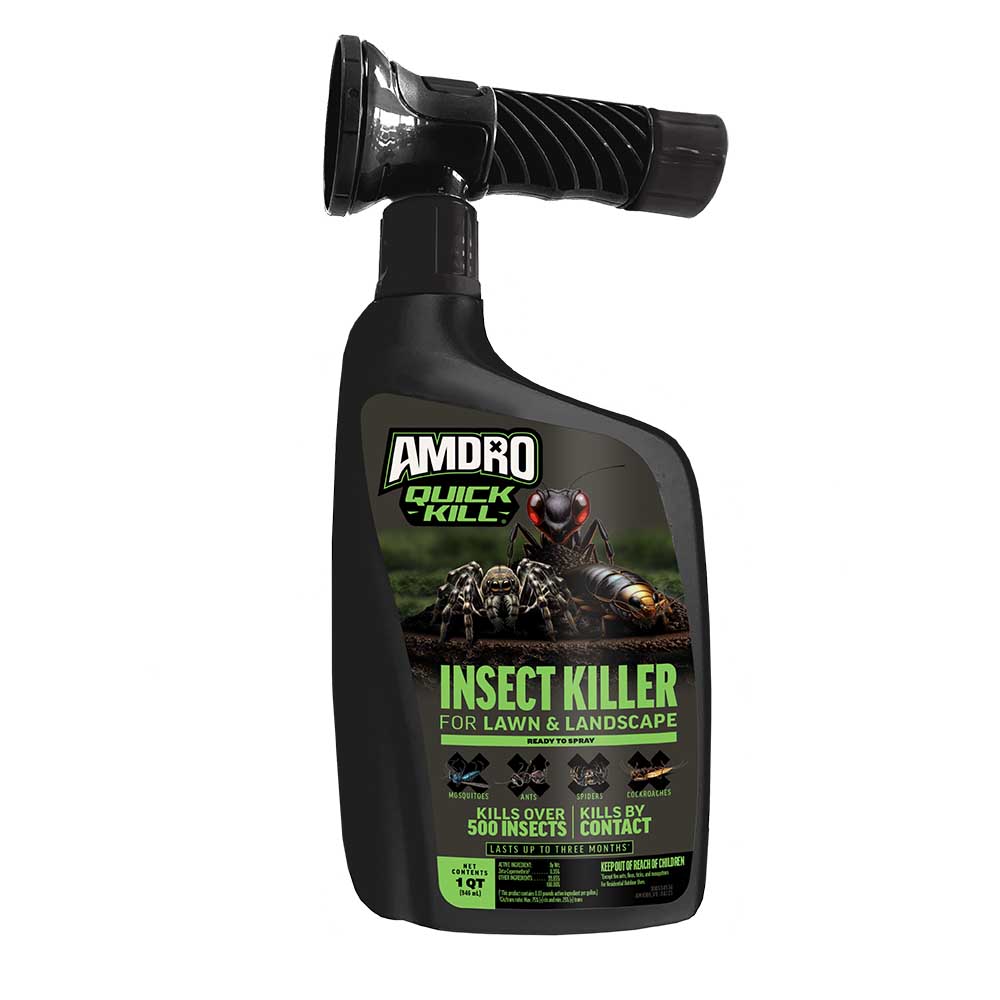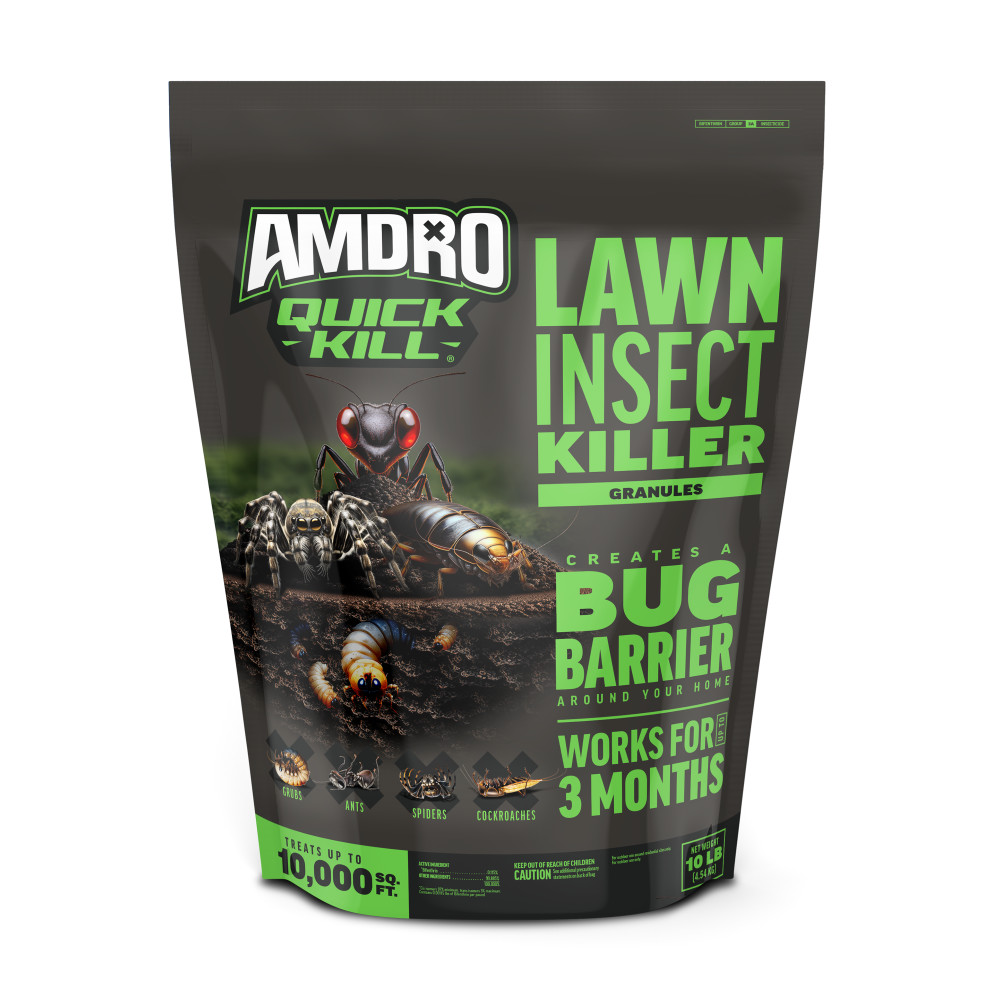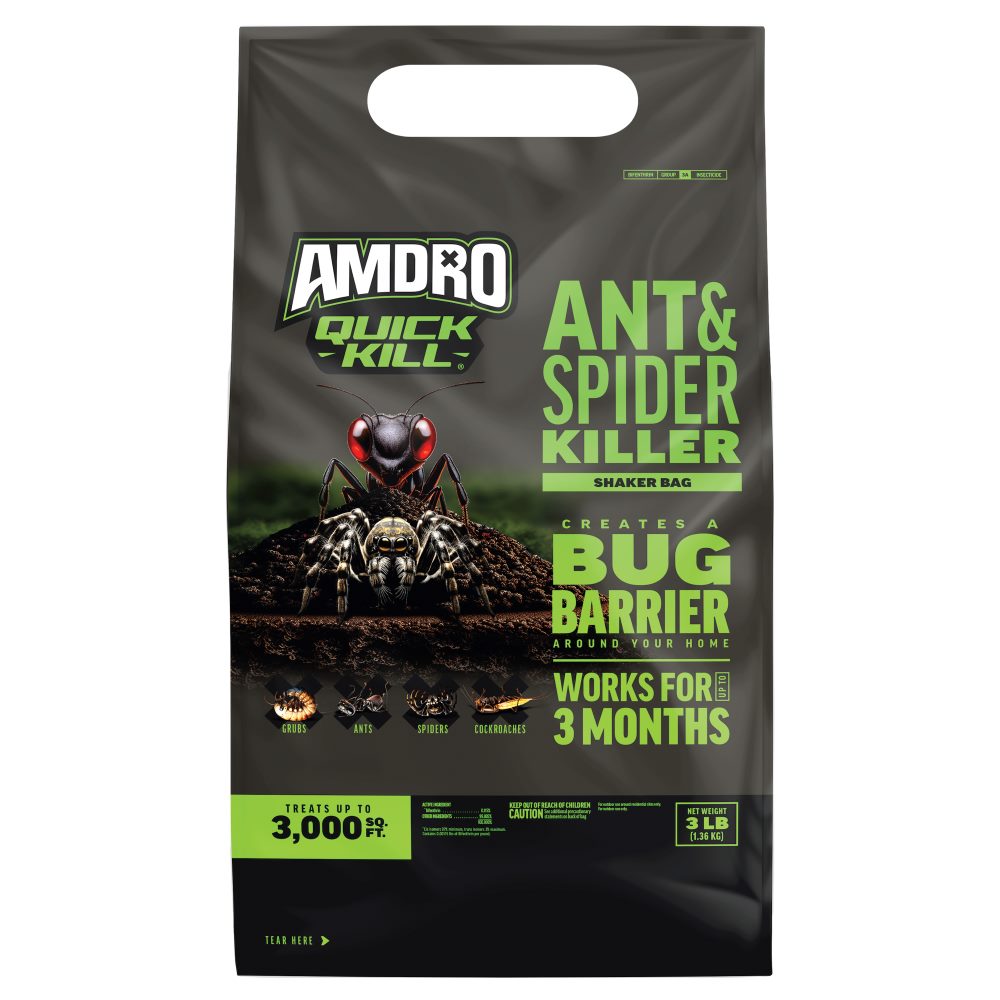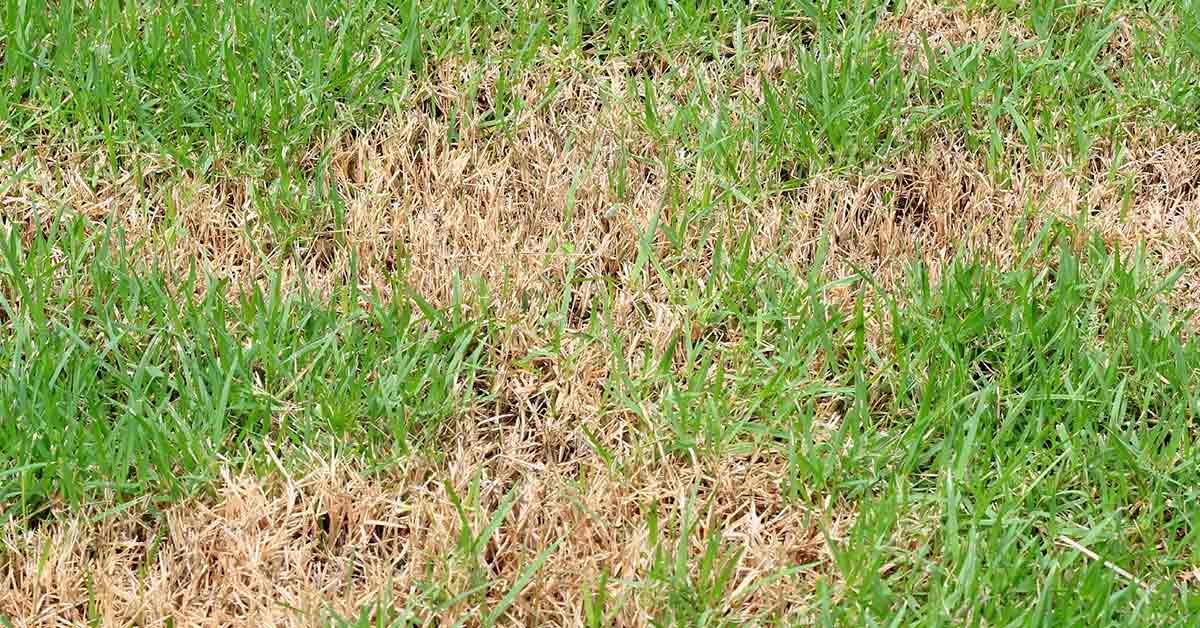Armyworms
ARMYWORM IDENTIFICATION
Despite their name, armyworms aren't worms. They're the larval or caterpillar stage of several species of moths. These pests earned this nickname because of their habit of moving in large, troop-like groups as they advance through crops and lawns. Many regional pests commonly called armyworms are closely related, but some are not.
In their destructive larval stage, armyworms grow up to 1 1/2 to 2 inches long. Their worm-like bodies vary in color from grayish-tan to green to nearly black. Series of stripes extend over the length of their abdomens in diverse colors, including green, yellow, orange and brown. Depending on the species, they may have a distinctive upside-down "Y" on the front of their heads.
In their mature stage, adult armyworm moths measure about 1 1/2 inches across. Their front wings are typically mottled grayish-brown, but their hind wings are pale gray or white. While the moths don't damage plants directly in this adult life stage, the larvae that develop from the eggs they lay wreak havoc just the same.
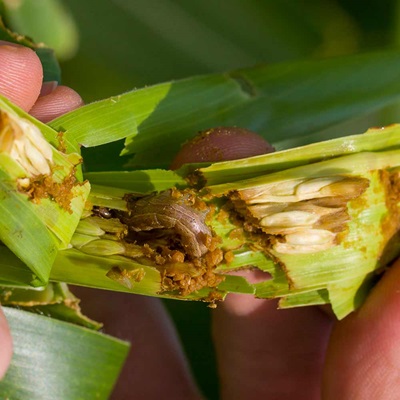
SIGNS OF ARMYWORMS
The first sign of armyworm damage in your lawn comes in the form of brown lawn patches that may look a lot like drought. On close inspection, you'll find chewed, jagged grass tips or transparent segments in grass blades. Armyworms sometimes eat just the blade's top layer, leaving a windowpane effect behind. In some cases, they eat entire grass plants straight down to the soil, leaving bald lawn spots behind.
When armyworm populations are high, these pests seem to move in unison — side by side, like a marching army — as they eat their way across a lawn. They can destroy entire lawns in a matter of days. When armyworms target larger-leaved plants instead of grasses, their chew holes often appear in distinctive rows.
HOW TO CONTROL ARMYWORMS
Left unchecked, armyworms cause extensive damage — fast. Prompt effective treatment is critical to defend your plants and lawn. Armyworms are most active during evening and early morning hours. For maximum results, treat during these active times. Amdro® brand offers several highly effective products to kill armyworms and protect your lawn and landscape:
- Amdro Quick Kill® Lawn Insect Killer Granules are applied on your lawn and landscape areas with the help of a standard lawn spreader. After application, lightly water the treated area to kill armyworms within 24 hours. This product keeps protecting for up to three months.
- Amdro Quick Kill Ant & Spider Killer Granules offers a convenient, easy-to-use formula ideal for smaller areas around your home's perimeter. Apply the ready-to-use granules, then water lightly to release the active ingredient and kill armyworms in your lawn.
- Amdro Quick Kill Outdoor Insect Killer, available in ready-to-spray and concentrate formulas, works in minutes to kill armyworms by contact. It keeps working for up to three months.* Use it on lawns, trees, shrubs and flower gardens under armyworm attack.
ARMYWORM TIPS
Like grubs and other turf-damaging insects, armyworms often attract birds, skunks and other animals that feed on larvae in lawns. If you wake up to find critters have uprooted your lawn overnight, armyworms may be underfoot.
* Except mosquitoes, ticks and fleas.
Always read product labels and follow the instructions carefully.
Amdro, Amdro Quick Kill and Amdro Kills Ants are trademarks of Central Garden & Pet Company.
Pest Gallery
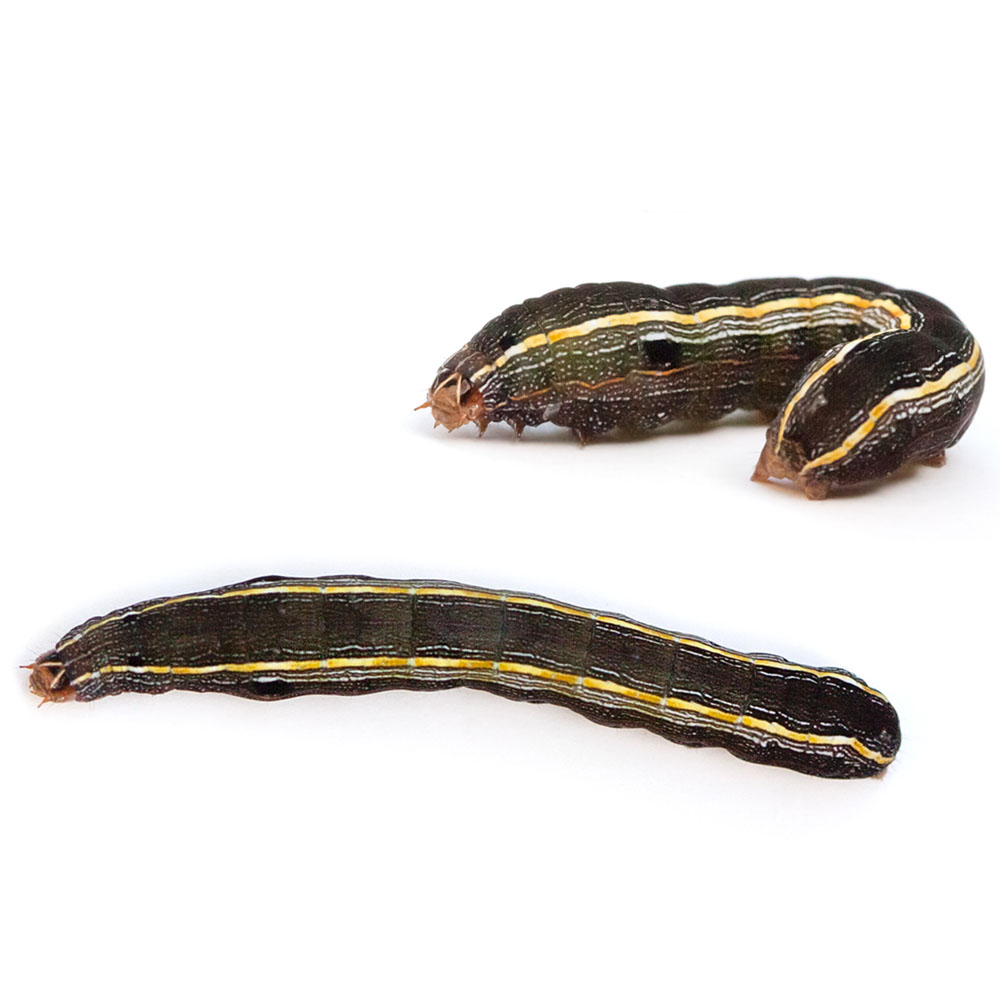
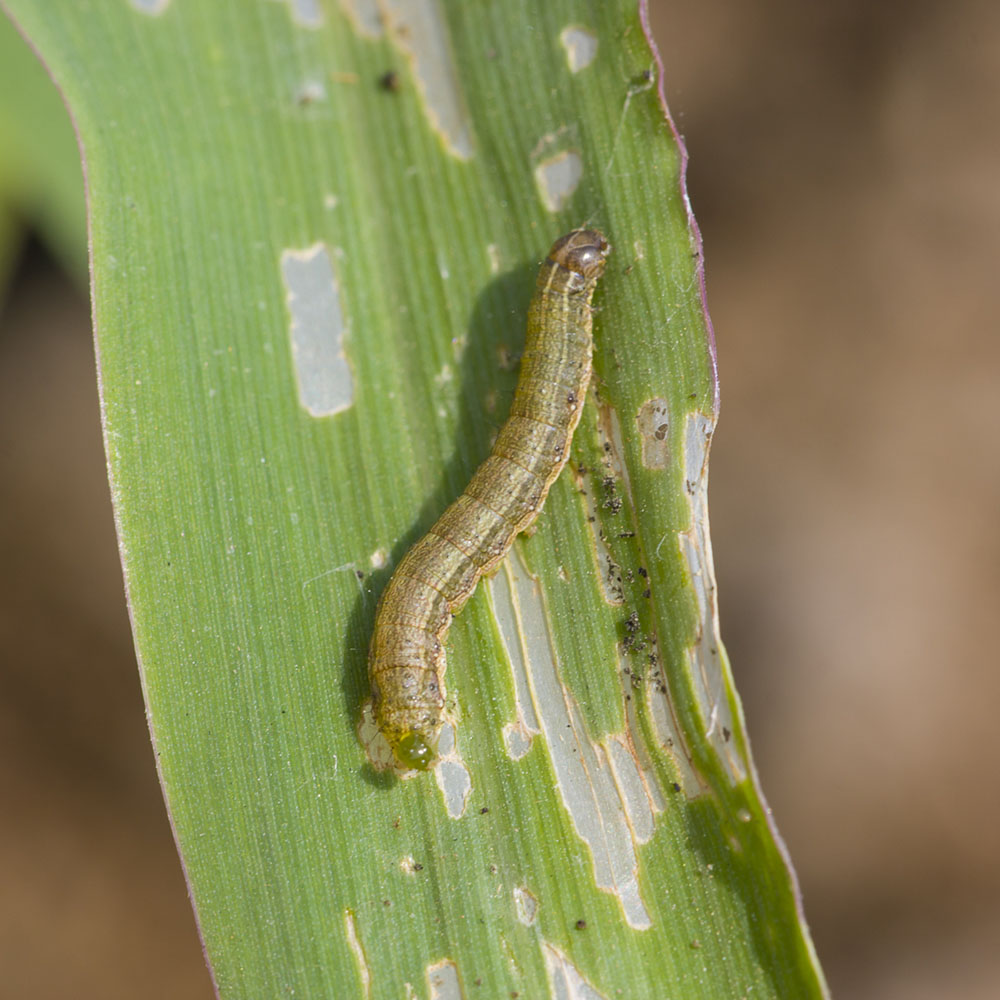
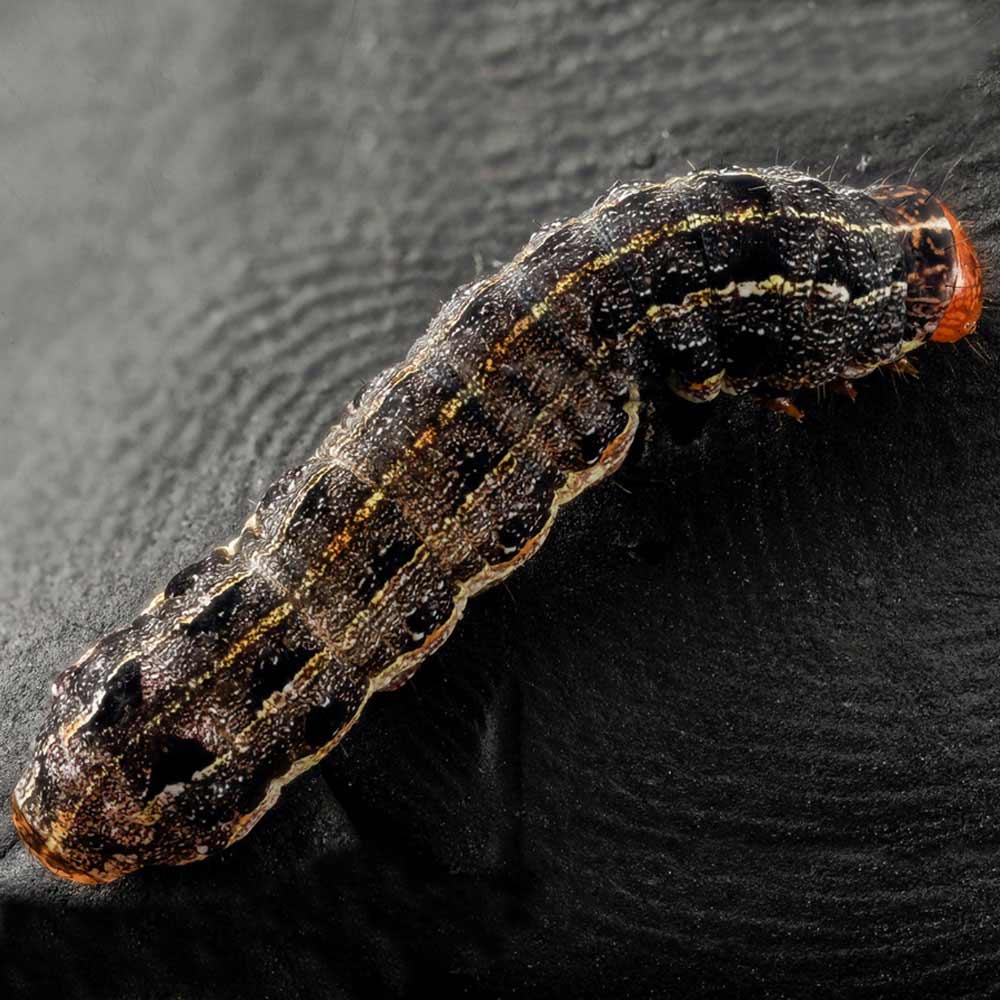
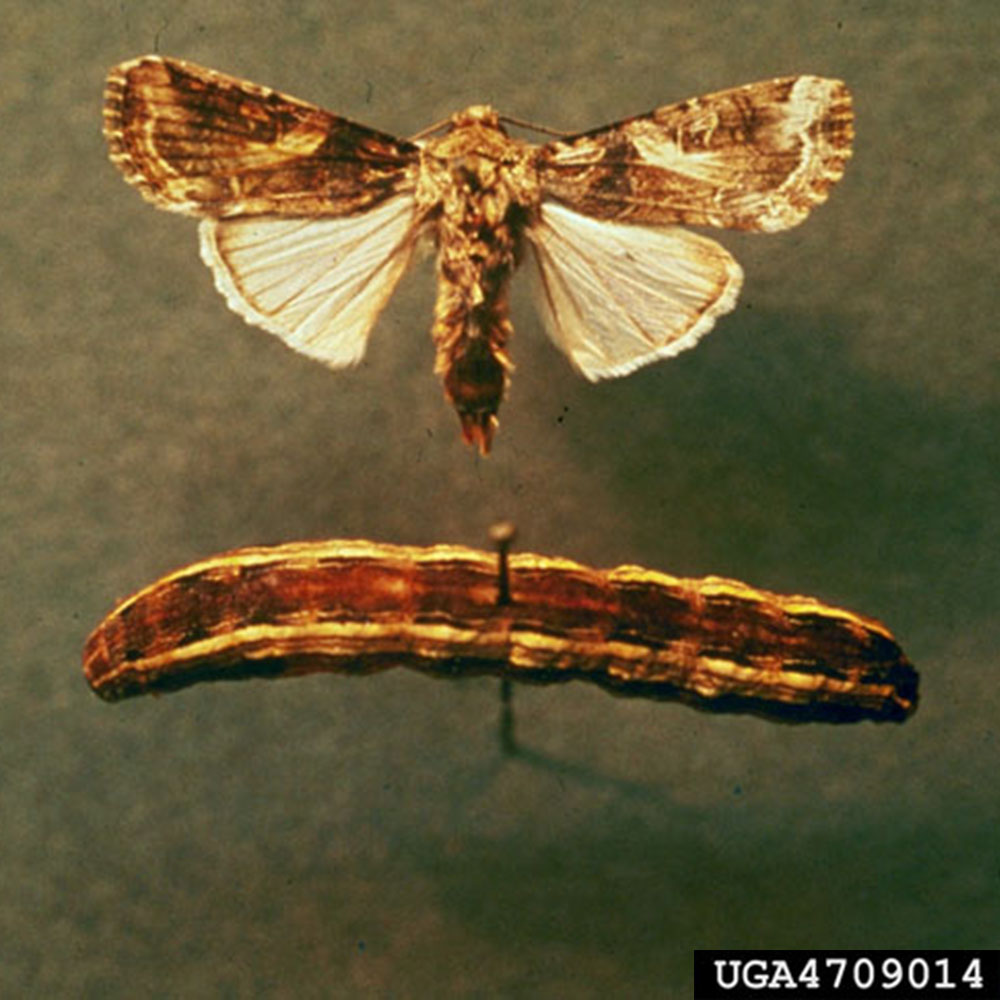
Is this not your insect?


